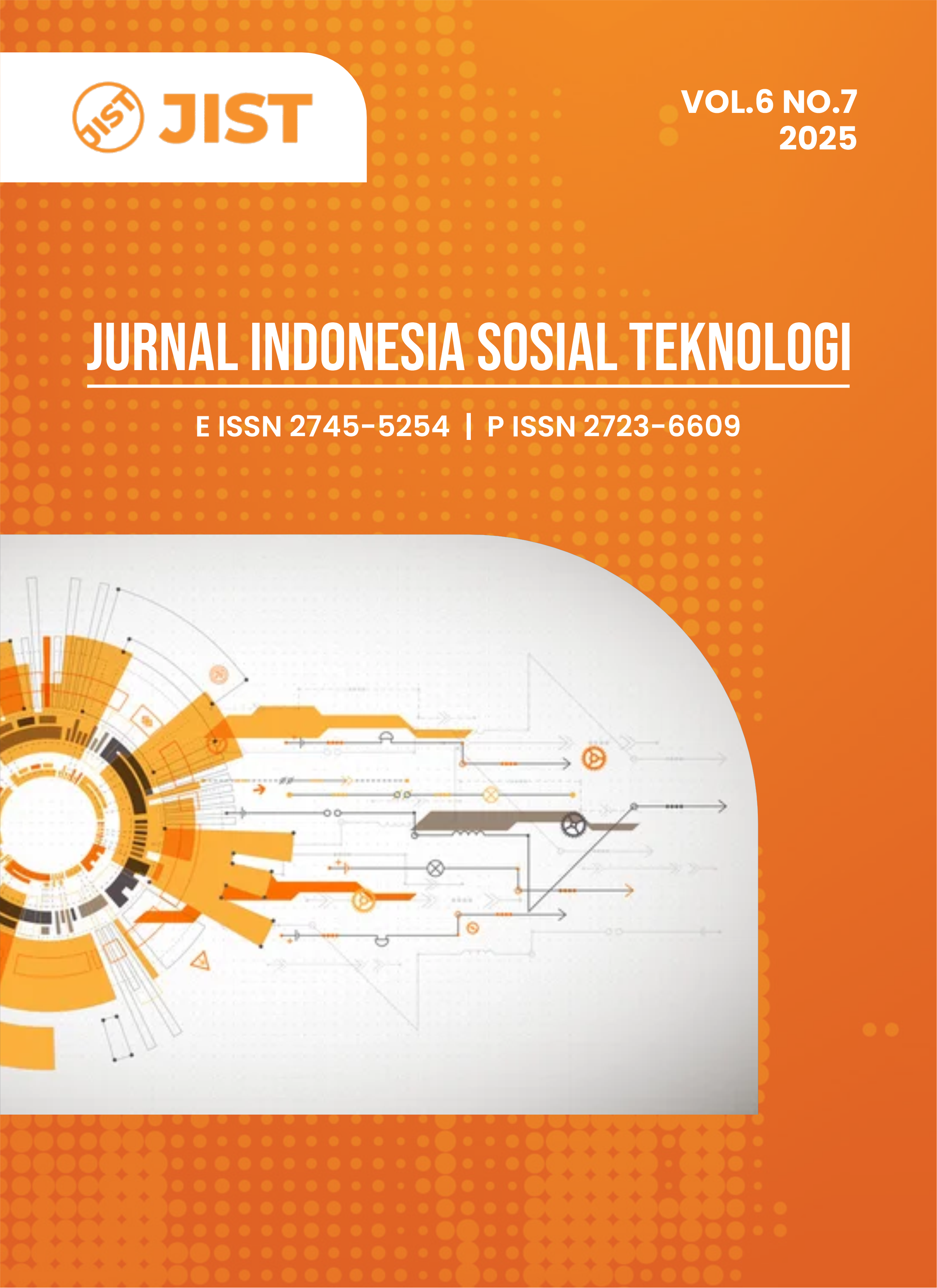The Role of Innovative Leadership in Building Organizational Commitment To ESG: A Case Study of Environmental Startups in Indonesia
DOI:
https://doi.org/10.59141/jist.v6i7.9085Keywords:
Green Bonds, ESG, Blockchain, Transparency, Sustainable FinanceAbstract
Green bonds are becoming an increasingly popular financial instrument to finance sustainable environmental projects. However, there are still significant challenges related to transparency, accountability, and accurate impact measurement. This research aims to design an integration model of ESG (Environmental, Social, and Governance) indicators in a blockchain-based system to increase transparency and investor trust. The research method uses the Research and Development (R&D) approach with the Borg & Gall model, through the stages of literature study, model design, expert validation, and system flow simulation. The results show that blockchain can be used as a reliable framework for smart contract-based ESG reporting and distributed ledger. This model demonstrates the potential in improving project accountability and attracting more institutional investors to green finance instruments. The research offers significant practical value by equipping financial institutions with a tool to mitigate greenwashing risks and enable real-time monitoring of ESG compliance. For policymakers, it presents a scalable framework to standardize reporting requirements, particularly in emerging markets where green finance is rapidly growing. Theoretically, the research contributes to the discourse on blockchain applications in sustainable finance by demonstrating its potential to resolve principal-agent problems in impact investing. Additionally, the integration of smart contracts with ESG metrics opens new avenues for automating sustainable financial instruments, paving the way for future technological innovations in this domain.
Downloads
Published
How to Cite
Issue
Section
License
Copyright (c) 2025 Danang Pratomo, Achmad Husen, Dian Alfia Purwandari, Yeni Astuti, Akhmad Qosasih

This work is licensed under a Creative Commons Attribution-ShareAlike 4.0 International License.
Authors who publish with this journal agree to the following terms:
- Authors retain copyright and grant the journal right of first publication with the work simultaneously licensed under a Creative Commons Attribution-ShareAlike 4.0 International. that allows others to share the work with an acknowledgement of the work's authorship and initial publication in this journal.
- Authors are able to enter into separate, additional contractual arrangements for the non-exclusive distribution of the journal's published version of the work (e.g., post it to an institutional repository or publish it in a book), with an acknowledgement of its initial publication in this journal.
- Authors are permitted and encouraged to post their work online (e.g., in institutional repositories or on their website) prior to and during the submission process, as it can lead to productive exchanges, as well as earlier and greater citation of published work.










